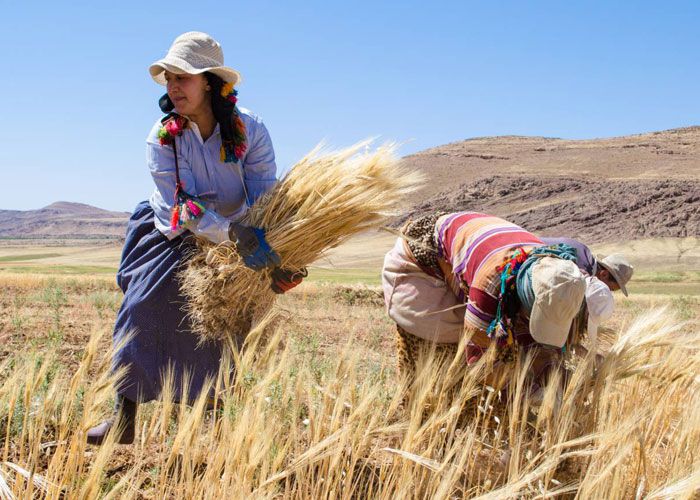
Rabat, Morocco (TMT)- Morocco will outperform almost all other MENA economies over the coming quarters, a study from BMI Research, part of Fitch Group, said. The primary sector will substantially boost headline growth, as agricultural output recovers from a low 2016 harvest, while the country will move closer to becoming a manufacturing and exporting hub between Europe and Africa.
“We expect Morocco to outperform most MENA economies in 2017, as a substantial increase in agricultural output boosts the country’s headline GDP. Meanwhile, the government’s ongoing support for the manufacturing sector and large inflows of FDI and remittances will support corporate and household consumption, respectively. We forecast real GDP growth to accelerate to 4.3% in 2017, from 0.9% in 2016,” a press release from BMI reads.
Harvest Recovery Key To Surging Headline Growth
The recovery in agricultural output will be the key element behind Morocco’s outperformance in 2017. In 2016, cereal production fell by 65%, on the back of a severe drought. As a result, the primary sector contracted by 10% over the first half of 2016, contributing to -1.4% percentage points on headline growth over the period. The 2017 harvest, planted in late 2016, should yield substantially greater output than in 2016, barring a sudden worsening of climatic conditions. In late October and November, two important months for cereal growth in Morocco, rainfalls matched seasonal averages. This led Morocco’s Finance Ministry to forecast a 12% increase in agricultural output in 2017.
Economic Development To Remain On Tack
Growth outside the primary sector will remain on an accelerating trend over the coming quarters . The Moroccan government will continue to push ahead with its strategy to turn the country into a manufacturing and exporting hub between Europe and Africa, successfully attracting large inflows of FDI that it will channel towards inclusive growth.
In June 2016, the Inter-Ministerial Commission for Investment approved EUR 2.3 bn of investments, two-thirds of which originated from overseas (a new round is planned for mid-December 2016). Building up on strong past results, Morocco adopted a new Investment Charter in August 2016 (the old one had been left untouched since 1995). Amongst other measures, the new text aims to create at least one free zone in every Moroccan region over the coming years.
The Moroccan strategy to attract foreign investment to develop its manufacturing industry is paying off. In particular, the country is becoming an increasingly important production and exporting hub for the autos industry (see ‘Renault’s Ecosystem To Further Cement Morocco’s Autos Strategy’, 13 April 2016). Most of Moroccan exports are currently exported to the European Union (64% in 2015). Nonetheless, Morocco is increasingly looking to Sub-Saharan Africa for new markets. Over the past two years, Mohammed VI has gone on several state visits to Sub-Saharan countries, bringing alongside him Moroccan businessmen and ministers . We believe that the growing Moroccan network in Africa is an important factor for many foreign investors in the country.
Remittances To Continue Supporting Household Purchasing Power
Remittances will continue to provide an important source of income for Moroccan households over the coming quarters, and boost private consumption. Totalling 7.0% of GDP in 2015, remittance inflows increased by 4.1% in the first ten months of 2016, reaching MAD 53 bn (EUR 5.0 bn).
More than two thirds of Moroccan remittances are sent from eurozone countries – in particular France, Spain and Italy. We forecast growth in the eurozone to remain stable over the coming quarters – we forecast real GDP growth of 1.6% in 2016 and 1.4% in 2017 – resulting in sustained levels of hard currency inflows to Moroccan households.
BMI Researsh.


